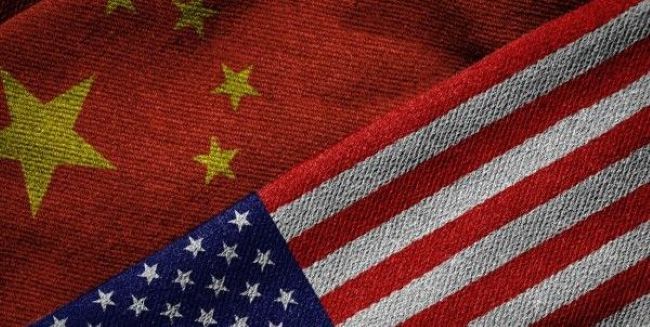(4 Minutes Read)
The US-China truce on tariffs highlights the strategic tug-of-war over rare earths and semiconductors, revealing deep mutual dependencies and vulnerabilities. Simultaneously, the shift toward bilateral trade deals by both superpowers raises concerns about the diminishing relevance of the World Trade Organisation (WTO) and the broader multilateral trade framework. For global trade stability and equitable growth, bilateral arrangements must ultimately reinforce, not replace, the multilateral system led by bodies like the WTO.
The US-China truce on tariffs, which captured headlines and became a subject of animated discussion among policymakers, conveyed two high points. One, the pain points of both superpowers, which rule the roost, revolve around rare earth and semiconductors. While the US wants China to go easy on exports of rare earth to its shores, the latter pleads with the former to be lenient on accessing semiconductors.
The second point stems from the first: given this growing trend of bilateralism, what is the role of the multilateral trade regulator, the World Trade Organisation (WTO)? Trump’s anathema towards the WTO is known. But pundits felt that China, which championed the relevance of the world trading body, should have made a statement in their bilateral consultations a word about the need for reinforcing the relevance of the WTO to usher in a sustainable model of trade facilitation amongst its members. Does it mean the role of this august body, which played a crucial role in balancing the interests of its contracting parties for long, is getting eroded?
Some of the recent developments reinforce the dictum that multilateralism is compromised, as the US is going ahead with entering into bilateral agreements with major trading partners. A bilateral arrangement with India, another of its major trading and investment partner, is being negotiated and is reported to be at an advanced stage. Also, the US has free trade agreements with 20 countries, such as Australia, Mexico, Oman, Morocco, Canada, Singapore, Oman, and South Ko to name a few.
Not to fall behind, China is also entering into significant trade arrangements with other countries, with whom it wants to develop and boost trade and investment ties. Recently, China has allowed all African countries to enter its market with zero duties. The move is perceived to be a counter to stalling the US efforts to expand its footprint in Africa ahead of the likely rollover of (African Growth and Opportunity Act (AGOA). Earlier, China allowed only the least developed countries in the region to have zero-duty access. www.trendsnafrica.com and our allied publication Africa4U welcome this decision. Our limited point is that such developments should be insulated from causing distortions in global trade, where reciprocity and the most favoured nation treatment are the hallmarks.
While the raging debate on trade tariffs is taking place, particularly on rare earth and semiconductors, the revealing fact is that either country can claim complete rights over them. Rare earth China sources mainly from Myanmar, Africa, and Latin America. Mined out in the crudest form, these metals undergo value addition through multiple processes in China to convert them either into batteries for smartphones or parts of electric vehicles. The US, realizing the value of sourcing these materials for the future growth of its industry, is now looking forward to having mineral agreements with countries where they are abundantly available, like the Democratic Republic of Congo, Zimbabwe, Ghana, Ukraine, and the list is expanding.
Does it mean once its supply sources for rare earth are intact, the US can renege on this temporary truce, leading to another round of trade war? It is also significant to note that the US supremacy in semiconductors is increasingly threatened by countries like South Korea, Taiwan, and China itself, which are working overtime to increase their production and, importantly, design. It instructs that the game can change at any point of time, reinforcing the widely held dictum that the truce now arrived is short-lived.
What we should strive for is a permanent solution to these unilateral trade wars or ping-pong between the two superpowers. A balanced growth of all countries can be ensured only through the fulcrum of a multilateral body like the WTO, and bilateral trade arrangements should subsume to multilateralism and not over it. That can only ensure an orderly growth in trade and investments.





